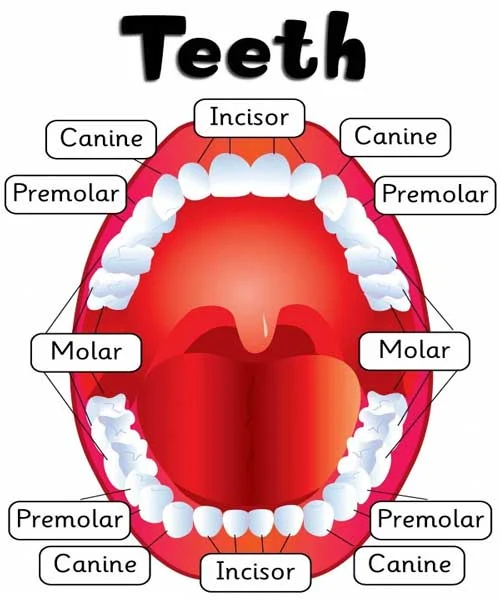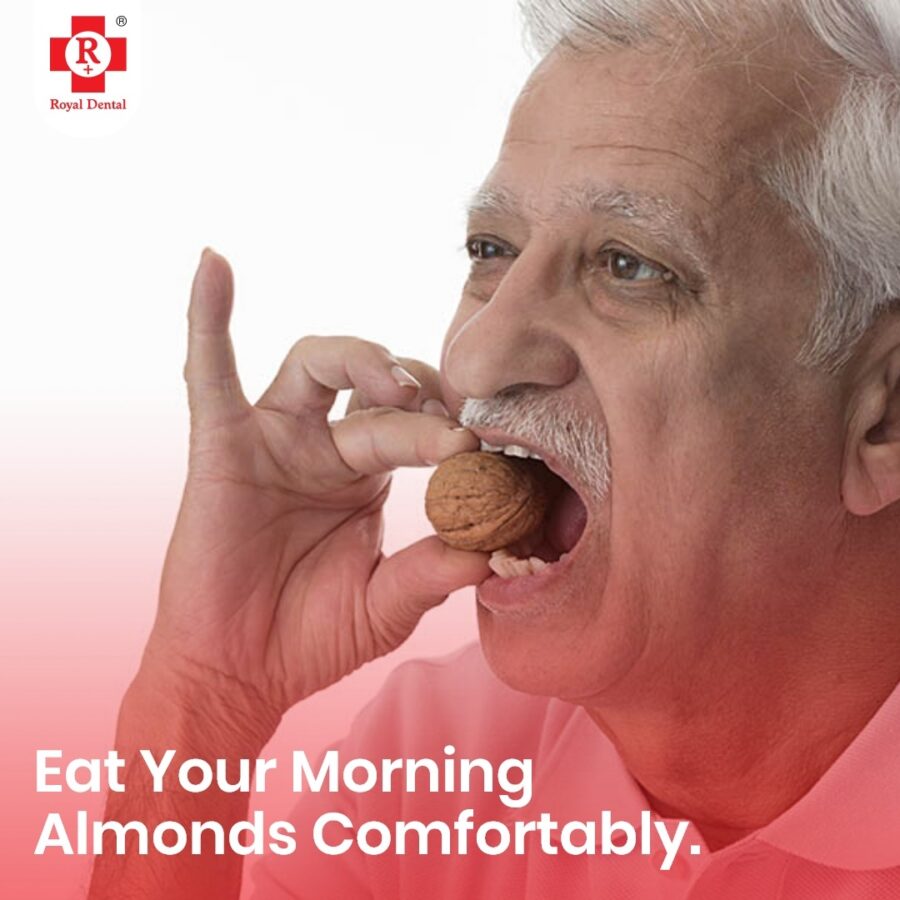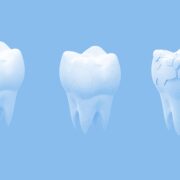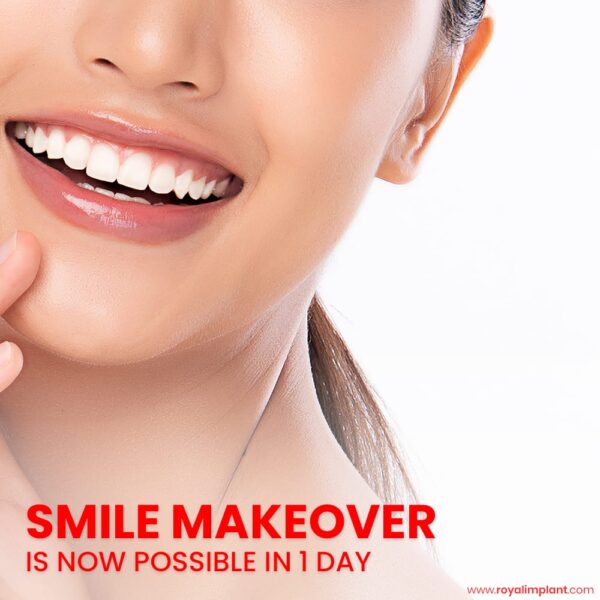It is a strange question to ask, isn’t it? Of course, we require 32 teeth to eat and look well. However, this is not the case for individuals who have lost multiple teeth and have worn and broken off teeth. Individuals who are suffering from such dental issues usually require full mouth rehabilitation. Premolars, which are located behind the incisors and canines and in front of the molars and third molars, are perhaps the most versatile type of teeth when it comes to eating. Premolars are sharp enough to be able to tear food, while also having a flat enough surface to be able to grind and chew food up as well.
Functions of Teeth
Every tooth in our jaw has a particular function. The shape and position are also not the same. This is because they serve different purposes. In brief, the front 6 in the upper and lower jaw are called the incisors and canines. Not only are they a requirement for an aesthetic and beautiful smile, but are important to cut and tear the food. Imagine chewing into a pizza or a burger without the front teeth. But there is another purpose for these front teeth. They act like a brake to the chewing engine.

Teeth have three main functions of “breaking down (masticating) food”, “enabling us to pronounce words”, and “shaping the face”. Permanent teeth are used for your entire life.
What is a bite alignment?
The front tooth prevents the lower jaw from moving abnormally. Without these, the strain on the joints and the muscles will be detrimental. Also, it will lead to failure of the back-eating tooth. The bite with proper front tooth alignment is technically called an anterior-guided occlusion. In the same way, the premolars are the chewing teeth and they are important to mince the food into the paste-like consistency for us to swallow. And, the molars are the grinders that help to reduce the big morsels of food into smaller more manageable ones.

A full mouth rehabilitation doesn’t just mean placing crowns and caps. It is a complex restoration of the height, width, and delicate balance of the joint, muscles, and teeth. It is the dynamic relationship that should allow for comfortable speech, enjoyment of eating, and a beautiful smile. Research has resulted in the WHO and FDI stating that a functional dentition is a minimum of 20 teeth with nine to 10 pairs of contacting units.
The doctor has given me the choice of having 28, 24, or 20 teeth. How do I pick?
A 28 teeth rehabilitation is truly a full mouth rehabilitation. With the restoration of the bite and aesthetics, the patient can lead a relatively normal life and enjoy the taste of life. These rehabilitations may include the need for desensitization of natural teeth to save them along with replacement of missing teeth with implants. These treatments usually take 1-3 days to completely rehabilitate. After the treatment, the muscles and the joint relax in about 3-4 weeks.

A 24 teeth rehabilitation is done when the bone in the back region is weaker and the support is less. There is only minor modifications in lifestyle and diet. The patient needs to have a regular checkup and needs to take care of the bap like natural teeth. The study suggests the bite efficiency is around 90* of the full mouth rehabilitation.
When the damage is high, and it is important to rehabilitate then 20 (teeth do we require to eat) option is possible. Around 60-70% of the population will be comfortable in eating with 20 teeth as well.
How many teeth do you need to eat?
You get two full sets of teeth over your lifetime. As a baby, you have 20 teeth, and as an adult, you should have 32 teeth. Among the 32, each has its own function in the chewing and eating process. All in all, even a set of 20 is most comfortable for chewing in most cases above 45 years.
What teeth do you need to eat?
Premolars, which are located behind the incisors and canines and in front of the molars and third molars, are perhaps the most versatile type of teeth when it comes to eating. Premolars are sharp enough to be able to tear food, while also having a flat enough surface to be able to grind and chew food up as well.
Can you eat without your teeth?
When you try to chew without teeth, your gums and jaws have to work even harder to ensure that food is chewed enough to swallow. The bite force of natural teeth is around 200-250 pounds of force, while the force of dentures is about 50 pounds.
How many teeth do you have to take out?
That includes 10 on the top and 10 on the bottom. All 20 of them usually come in before the age of three and act as placeholders for the adult teeth that grow in after the baby ones fall out. At about age six, most children begin to lose their baby teeth, which is then replaced with adult teeth..






